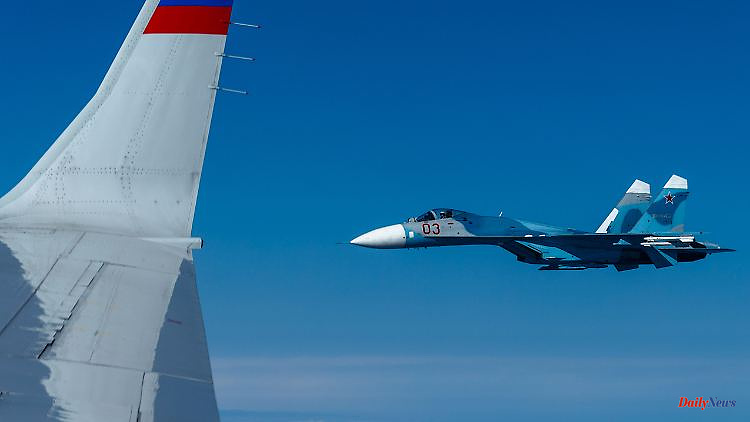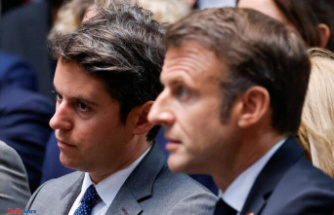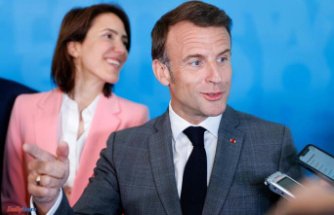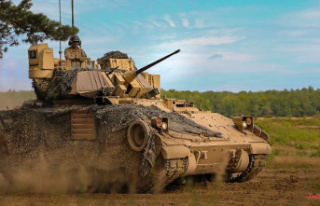From time to time, Russian planes invade NATO airspace. Even before Russia's attack on Ukraine, such violations were far from the order of the day. Dutch fighter jets are now intercepting several military aircraft from Russia near Polish airspace.
Two Dutch F-35 fighter jets intercepted a formation of three Russian military planes near Polish airspace and escorted them out of the area. The planes, which were unknown at the time, were approaching Polish NATO territory from Kaliningrad, according to a statement from the Dutch Defense Ministry.
After identification, it turned out to be three aircraft: a Russian IL-20M Coot-A escorted by two Su-27 flankers. The Russian Defense Ministry did not respond to a request for comment. Kaliningrad is a Russian enclave on the Baltic coast, sandwiched between NATO and EU members Poland and Lithuania.
It happens "from time to time" that Russian planes enter NATO airspace without identifying themselves, according to the Dutch Ministry of Defense in late 2021, before Russia's attack on Ukraine. At that time, Belgian fighter jets had intercepted two Russian bombers over the North Sea. However, according to NATO, only very few of all Russian aircraft intercepted that year penetrated their airspace, as the "Spiegel" reported.
Since Russia's invasion of its neighbor, military encounters with Russian planes over the Baltic Sea have increased. "Yes, we definitely notice that: We have more incidents, as we call them," said the inspector of the German air force, Ingo Gerhartz, last August. At that time, a reconnaissance aircraft escorted by fighter jets flew from Kaliningrad to the Baltic Sea region. Russian flight maneuvers in international airspace are "completely fine," said Gerhartz. At the same time, it was signaled that NATO airspace was a "red line" that Russian aircraft were not allowed to cross.
In order to monitor Russian military aircraft flights in international airspace, fighter jets from NATO countries completed around 570 missions last year. This was reported a few days ago by a NATO spokesman. Compared to 2021, the number of so-called alarm starts has almost doubled. According to information from NATO, the increase was not only due to increased activity by the Russian air force, but also to a stronger NATO presence on the eastern flank as a result of the Russian war of aggression. Recently, significantly more aircraft were available there for airspace surveillance. Most of the missions were therefore over the Baltic Sea.
Regarding the course of the intercept maneuvers last year, a NATO official told the editorial network Germany: "The vast majority of the air encounters were safe and professional." In some cases, however, Russian military aircraft "conducted risky maneuvers in the vicinity of unarmed Allied reconnaissance aircraft". In November, Russian aircraft also "unsafely flew over" NATO ships in the Baltic Sea. The allies have expressed their concerns about these incidents to Russian authorities.
In the event of an alarm start, fighter planes from NATO countries have to be in the air within a few minutes in order to be able to determine, for example through visual contact, whether a suspicious aircraft poses a threat. If necessary, this could then be stopped by force. The missions are flown in most cases because of Russian aircraft. Only rarely is it about military aircraft from other countries or passenger or cargo planes that are not immediately identifiable. The Bundeswehr is also regularly involved in monitoring Russian aircraft.












